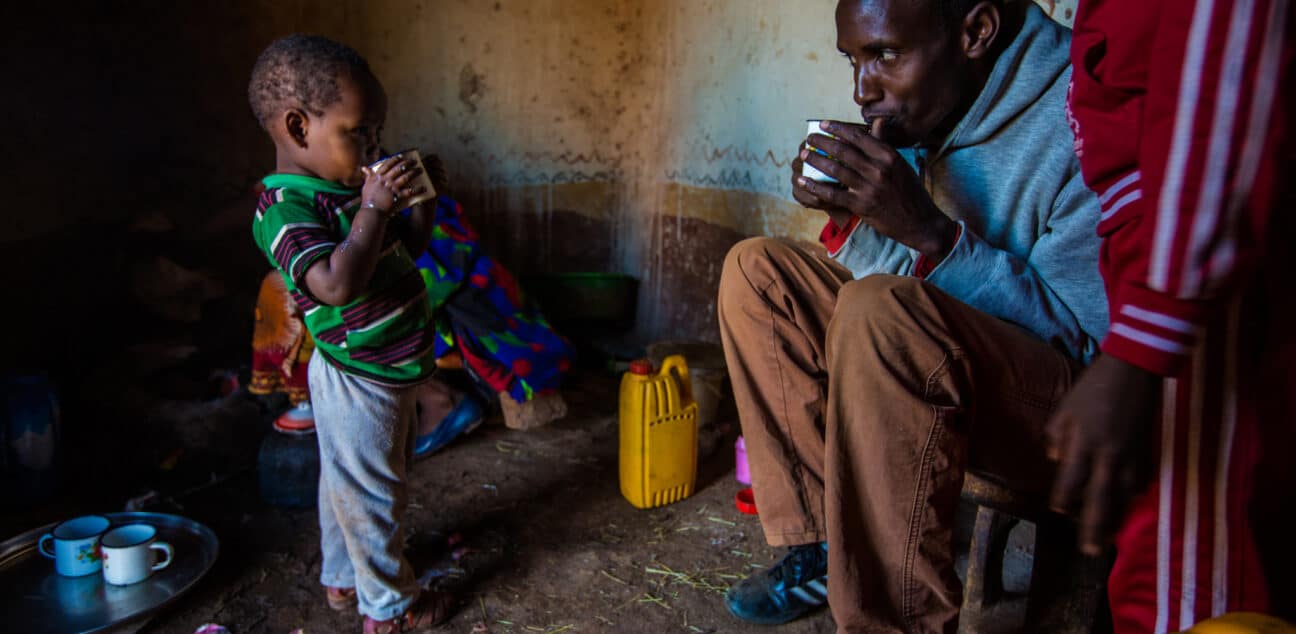How can blended financing help the world’s poorest?
We are off-track to achieve Agenda 2030 and urgent cross-sector action is needed particularly for the poorest people and places.
So what role can public-private approaches play in addressing the financing needs in developing countries? And how do we ensure that we benefit the poorest and those most at risk of being left behind?
Development Initiative’s (DI) recent Investments to End Poverty report highlights the increasing gap between the poorest and wealthiest countries and people in terms of income and access to financing. This was the sobering starting point of a recent roundtable hosted by DI, the United Nations Capital Development Fund (UNCDF) and the Private Infrastructure Development Group (PIDG) in London. UNCDF’s report on Blended Finance in LDCs provided additional insight into the trends, challenges and opportunities of this type of financing in these particular contexts.
Key questions
There was a lively evidence-based debate on some of the key questions that remain to be adequately addressed if we want to move forward in ensuring that the right type of finance is mobilised for the right type of interventions between now and 2030.
The need to be honest about where blended finance can and cannot be effective in reducing poverty was highlighted. Given that Official Development Assistance (ODA) is a finite resource, where do we prioritise blended finance over other uses, such as direct programming in countries?
Subscribe to our newsletter
Our weekly email newsletter, Network News, is an indispensable weekly digest of the latest updates on funding, jobs, resources, news and learning opportunities in the international development sector.
Get Network NewsAnother area we need to interrogate is the ability of blended instruments (such as syndicated loans and shares in collective investment vehicles) to bring in vast amounts of additional private financing1. A more open and nuanced conversation is needed around what we are trying to achieve and where. For example, if it’s not mobilising “trillions” in private investment, is blending supporting other outcomes such as private sector entry into previously untapped markets? Or is it enabling development finance institutions (like the CDC Group) or multilateral development banks (like the World Bank) to take more risks and experiment more?
The challenge
It’s obvious that there are no easy answers to these questions but it’s just as obvious that strengthening transparency and developing countries’ ownership of the blended finance agenda could go a long way in moving the conversation forward. Encouragingly, there is a clear desire and willingness to do better and to work together on these fronts.
Beyond the London roundtable, conversations in Paris at the OECD Private Finance 4 Sustainable Development Week confirmed this too. The imperative seems to have shifted from leverage to impact, meaning more attention is being given to what blended finance can actually achieve.
Now the challenge will be to avoid what was often referred to as “impact washing”, where businesses or organisations exaggerate their impact claims or even use impact claims to conceal practices with negative effects. We must ensure that the needs of people in developing countries, particularly those most at risk of being left behind, remain front and centre of policymaking and practice.
We still need to shed more light on some of the specifics around blended finance as a financing approach to the “leave no one behind” agenda, including what problems it is better placed to solve compared to purely public or purely private approaches. There is also a big gap in evidence and discourse on what the channels are through which blending can reach the poorest people, and crucially, the time it takes for them to reap the benefits. Against the backdrop of already concerning trends in ODA, filling this evidence gap becomes all the more urgent.
At DI we’ll be doing our part to contribute to broadening available data and information in this area to enable a more evidence-based discourse, and drive ODA allocations toward interventions that can benefit the poorest people first.
Notes
1. Forthcoming research from ODI looks at available data on this
Find out about other innovative ways of financing development programmes at the Bond Conference, 18-19 March.
Category
News & views


